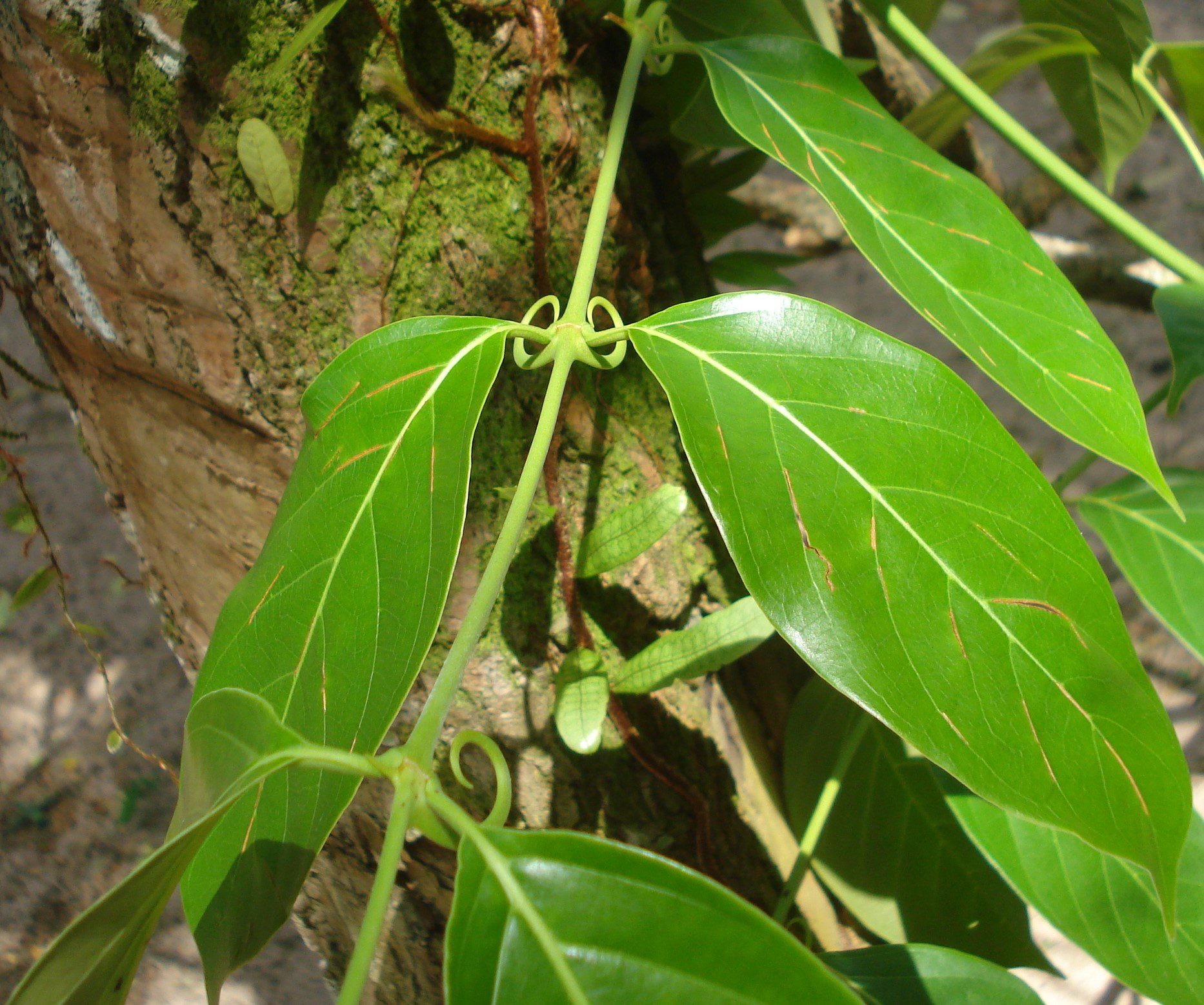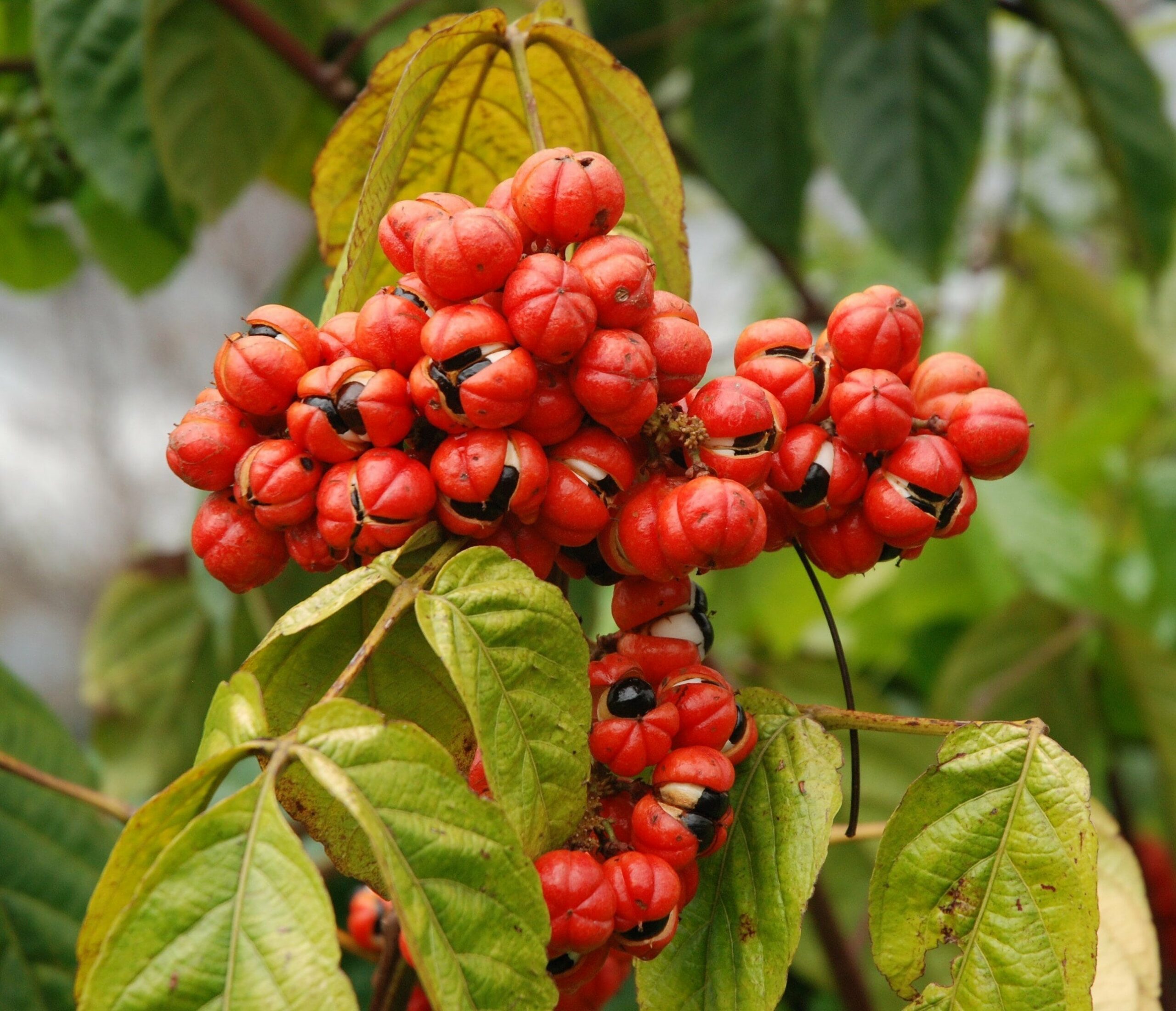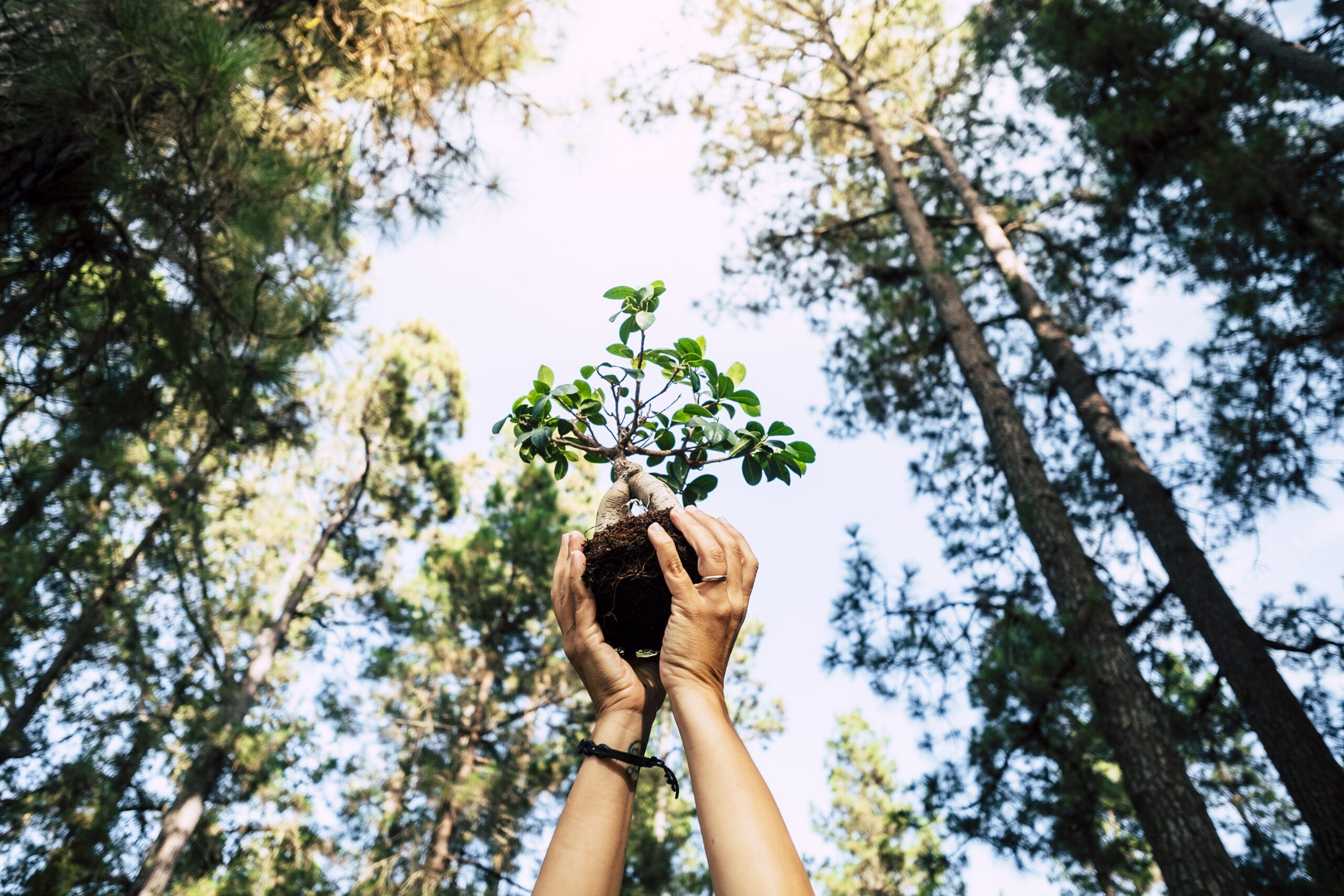In the heart of the lush rainforests of Central and South America lies a botanical wonder that has captured the attention of both traditional healers and modern herbal enthusiasts.
The cat’s claw plant is more than just its intriguing name; it’s a treasure trove of potential health benefits and a testament to the richness of nature’s pharmacy. Scientifically known as Uncaria tomentosa, cat’s claw is a remarkable and intriguing botanical specimen that hails from the lush rainforests of Central and South America. The name “cat’s claw,” is derived from the curved thorns that resemble the claws of a cat, adorning its vines. This plant is revered for its extensive use in traditional medicine by indigenous communities and has gained popularity in modern herbal practices.
Picture a vine elegantly winding its way through the verdant canopy, its leaves boasting a velvety texture that beckons to be touched. What truly sets the cat’s claw plant apart are the distinctive curved thorns resembling feline claws, a feature that lends the plant its common name. These “claws” serve a dual purpose, providing protection for the plant and enabling it to latch onto surrounding structures as it climbs ever higher.

For centuries, indigenous communities in the regions where cat’s claw thrives have harnessed its medicinal properties. The bark and root of the plant, rich in alkaloids, flavonoids, and other bioactive compounds, have been skillfully woven into their traditional healing practices.
As the world becomes increasingly intrigued by the power of nature’s remedies, cat’s claw has found its place in the modern spotlight. Available in various forms, such as capsules, teas, and extracts, it’s now accessible to a broader audience. While scientific research is ongoing to validate its potential benefits, many individuals incorporate cat’s claw into their wellness routines, seeking to harness its ancient wisdom.
 Cat’s claw plant stands as a testament to the intricate synergy between nature and human health. Its mysterious appearance and historical significance make it a captivating subject of study and a cherished botanical ally. As we delve deeper into the secrets of this plant, we unlock its potential to enrich our lives and provide a bridge between ancient traditions and modern wellness pursuits.
Cat’s claw plant stands as a testament to the intricate synergy between nature and human health. Its mysterious appearance and historical significance make it a captivating subject of study and a cherished botanical ally. As we delve deeper into the secrets of this plant, we unlock its potential to enrich our lives and provide a bridge between ancient traditions and modern wellness pursuits.



